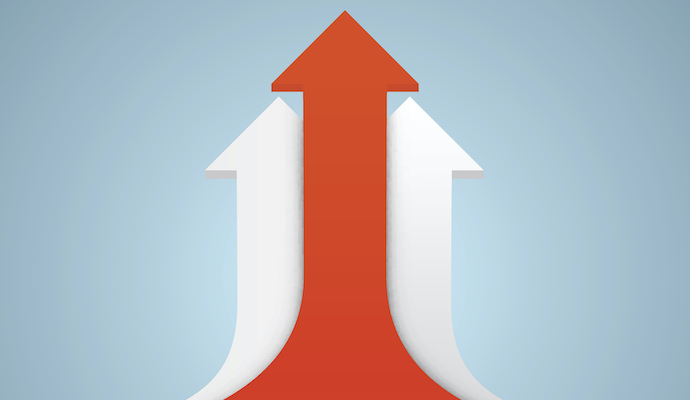Public Option with ACA Subsidies Lowers Gains in Federal Spending
A public option with Affordable Care Act marketplace subsidies would produce lower increases in federal spending than expanding Affordable Care Act marketplace subsidies alone.

Source: Getty Images
- As policymakers consider using Affordable Care Act subsidies to reduce the Medicaid gap and extend healthcare coverage to all Americans with incomes below the federal poverty line, they could implement a public option to reduce the increase in federal spending, according to an Urban Institute report.
“The public option would be a government-sponsored plan paying Medicare rates for hospital and other provider services and reduced (negotiated) prices for prescription drugs,” the researchers explained.
Urban Institute researchers have already conducted studies assessing the effects of expanding Affordable Care Act marketplace plans. However, this approach would still leave a coverage gap because people with an affordable employer-sponsored health plan option are ineligible for Affordable Care Act marketplace subsidies as undocumented immigrants.
This report outlined how implementing a public option with three different types of subsidy schedules would impact coverage in the 12 states that have not yet expanded their Medicaid programs.
Under the subsidy schedule that existed before the American Rescue Plan Act took effect, Those with incomes under 138 percent of the federal poverty level would have premiums equalling 2.07 percent of their income. Premium subsidies would be tied to the silver metal tier.
Compared to Medicaid coverage before the American Rescue Plan Act, the researchers found that under this option 3.0 million more people would have nongroup coverage, with around 267,000 people coming from an employer-sponsored health plan and 119,000 from other nongroup plans.
The second potential subsidy schedule is the one that took shape under the American Rescue Plan Act. Using this model, those with incomes up to 150 percent of the federal poverty level would have no premiums and other beneficiaries would have their premiums capped at 8.5 percent of their incomes. Again, premium subsidies would be tied to the silver metal tier.
This option would increase nongroup coverage by 3.4 million people and 3.3 million people would receive Affordable Care Act marketplace subsidies. Approximately 228,000 individuals would leave employer-sponsored health plans. Uninsurance would drop by 3.2 million individuals compared to before the American Rescue Plan Act.
The last option that the researchers analyzed was to enhance the American Rescue Plan Act subsidy schedule. Premiums would be tied to the gold metal tier.
Coverage changes would be very similar to the second subsidy schedule’s impacts. There would be 3.4 million more people in nongroup coverage, most of whom would receive Affordable Care Act marketplace subsidies. Almost 230,000 people would abandon their employer-sponsored health plan coverage as a result.
The researchers found that changes due to introducing a public option would largely impact federal spending, with no real impact on coverage gains.
Under the pre-American Rescue Plan Act subsidy schedule, the change coverage with and without public option would remain the same. However, the increase in federal spending would be significantly less if a public option was instituted ($11.4 billion) as opposed to without a public option ($16.6 billion).
Government tax credits would go up nearly $13 billion, which is 28 percent lower than without public option.
Under the post-American Rescue Plan Act subsidy schedule, change in the number of those gaining coverage would remain the same whether policymakers implemented a public option or not. However, spending would again be far less with a public option than without as federal spending would rise by $17.2 billion without a public option and $11.7 billion with the public option.
With the enhanced subsidies and the American Rescue Plan Act subsidy schedule, coverage increases would be the same, both with and without a public option. Federal spending would increase by $18.1 billion without a public option and $12.3 billion with a public option.
The three different strategies could also increase coverage outside of the Medicaid gap, the researchers noted. Under the pre-American Rescue Plan Act subsidy schedule, the increase would be less than half a million individuals. But under the American Rescue Plan subsidies and enhanced subsidies, the increase could exceed one million.
Federal spending increases were lowest under the pre-American Rescue Plan subsidy schedule, whether with or without public option. It was highest under the enhanced subsidies without the public option, hitting $40 billion.
“This paper shows that a public option that typically pays reduced rates to providers would considerably reduce the costs of filling the Medicaid gap,” the researchers concluded. “Savings from the public option would mainly lower federal subsidy spending.”
Researchers have also considered marketplace impacts between public option and capped provider payment rates. More data on the effectiveness of a public option approach might become available as individual states adopt and implement public option health plans.
